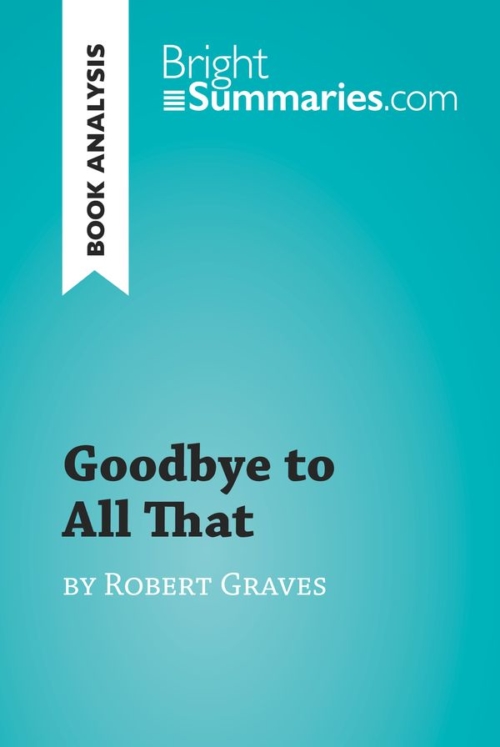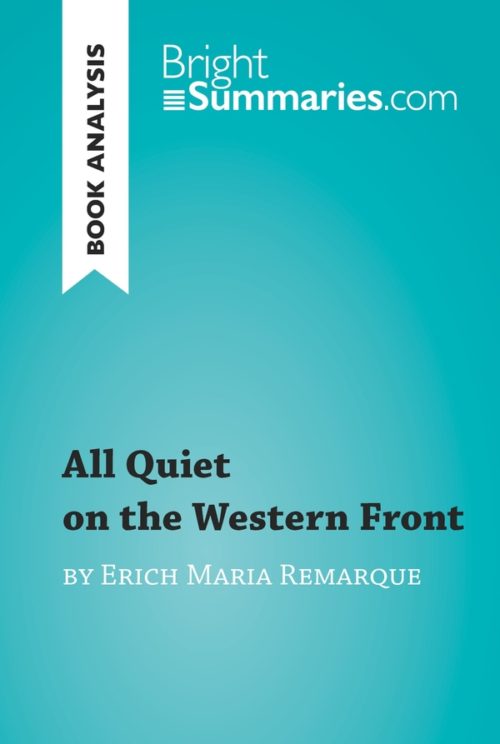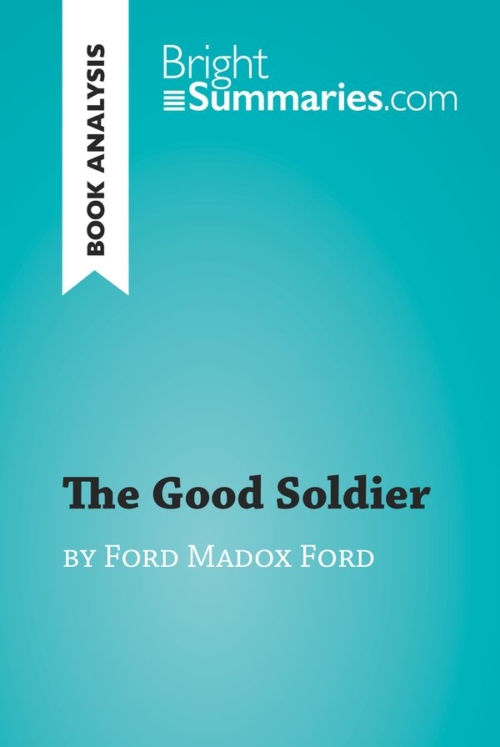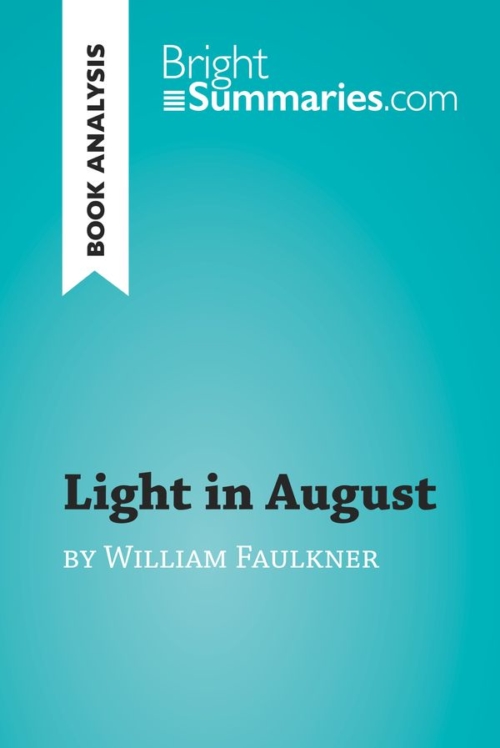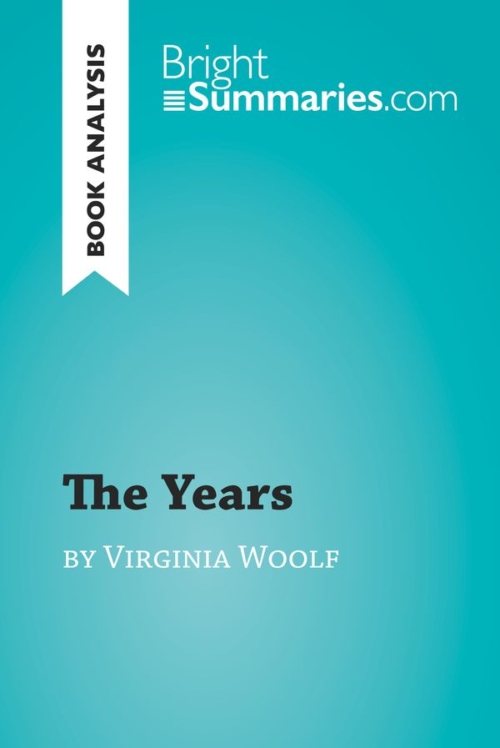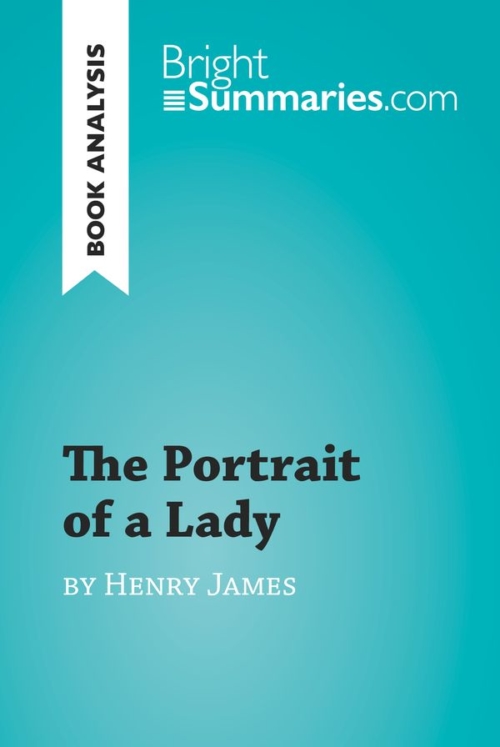Jacob’s Room by Virginia Woolf (Book Analysis)
Jacob’s Room by Virginia Woolf (Book Analysis)
Detailed Summary, Analysis and Reading Guide
Read more
This practical and insightful reading guide offers a complete summary and analysis of Jacob’s Room by Virginia Woolf. It provides a thorough exploration of the novel’s plot, characters and main themes, including the position of women, the impact of the First World War and the difficulty of truly understanding other people. The clear and concise style makes for easy understanding, providing the perfect opportunity to improve your literary knowledge in no time.
This clear and detailed 50-page reading guide is structured as follows:
- Biography of Virginia Woolf
- Presentation of Jacob’s Room
- Summary of Jacob’s Room
- Character study
- Jacob Flanders
- Betty Flanders
- Timothy Durrant
- Clara Durrant
- Florinda
- Fanny Elmer
- Richard Bonamy
- Sandra Wentworth Williams
- Analysis of Jacob’s Room
- A modernist novel
- War
- Gender
- Identity
- The difficulty of expressing something real and grasping reality
- Style
About Jacob’s Room
Jacob’s Room focuses on the titular character, a young man in early 20th-century England, and how he is seen through the eyes of those around him. It follows him as he grows up, attends university in Cambridge, moves to London, travels to Greece, and finally is sent to fight for his country in the First World War. Jacob’s Room is often seen as a turning point in Woolf’s fiction: in its more experimental form and concern with subjectivity, it marked a turning point from her first two novels, The Voyage Out and Night and Day, and paved the way for her later modernist works.
About Virginia Woolf
Virginia Woolf was one of the most influential figures of interwar English literature. She was born in London in 1882 and died in Sussex in 1941. She was a pioneer of the literary movement of Modernism, wrote a variety of essays, short stories and novels, and founded her own publishing house with her husband in 1917. Her best-known works include Mrs Dalloway, To the Lighthouse, Orlando and The Waves. She was plagued by mental health troubles throughout her life and committed suicide in 1941, at the age of 59.
Product details
| ISBN | 9782808019163 |
|---|---|
| Publisher | Plurilingua Publishing |
| Collection | Brightsummaries.com |
| Format | |
| Pages | 50 |
| File size | 2.1 MB |


